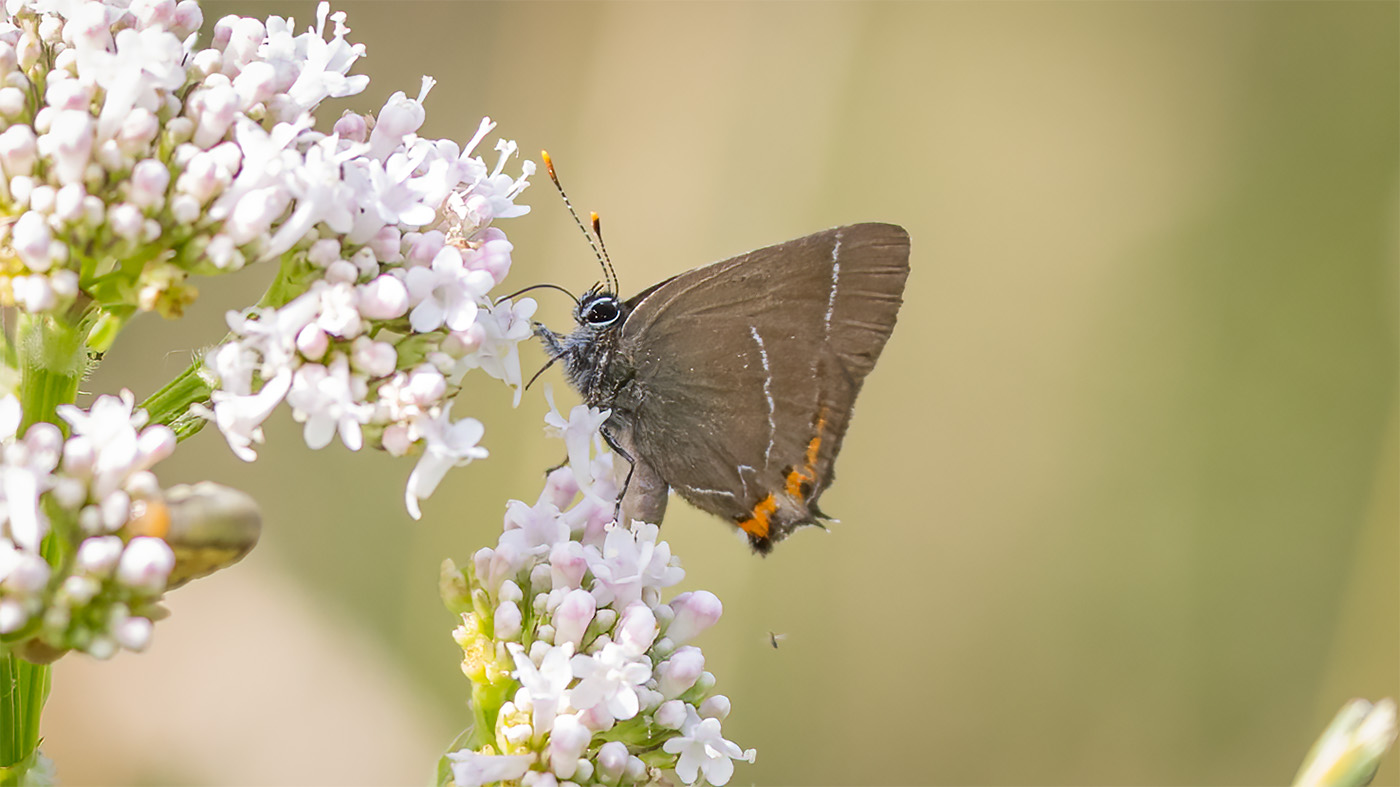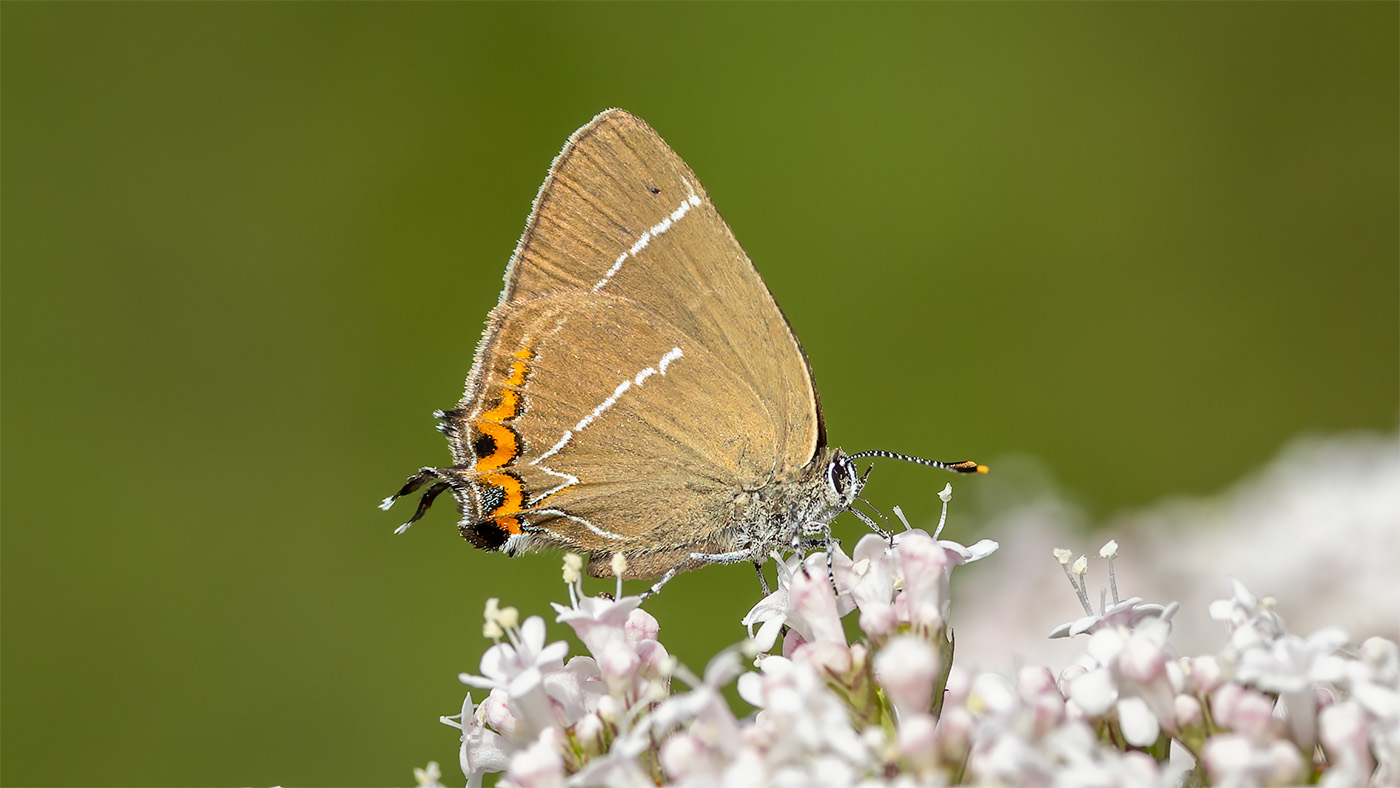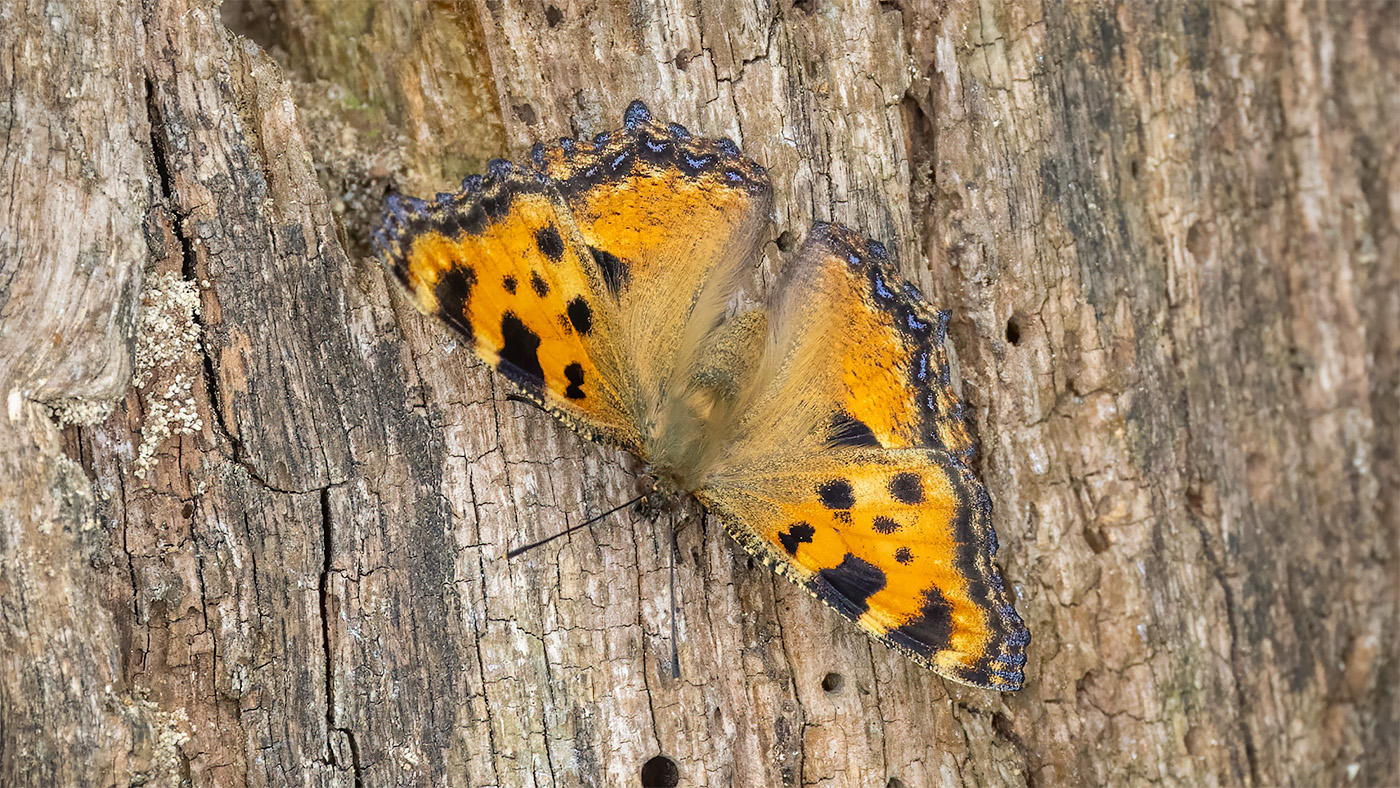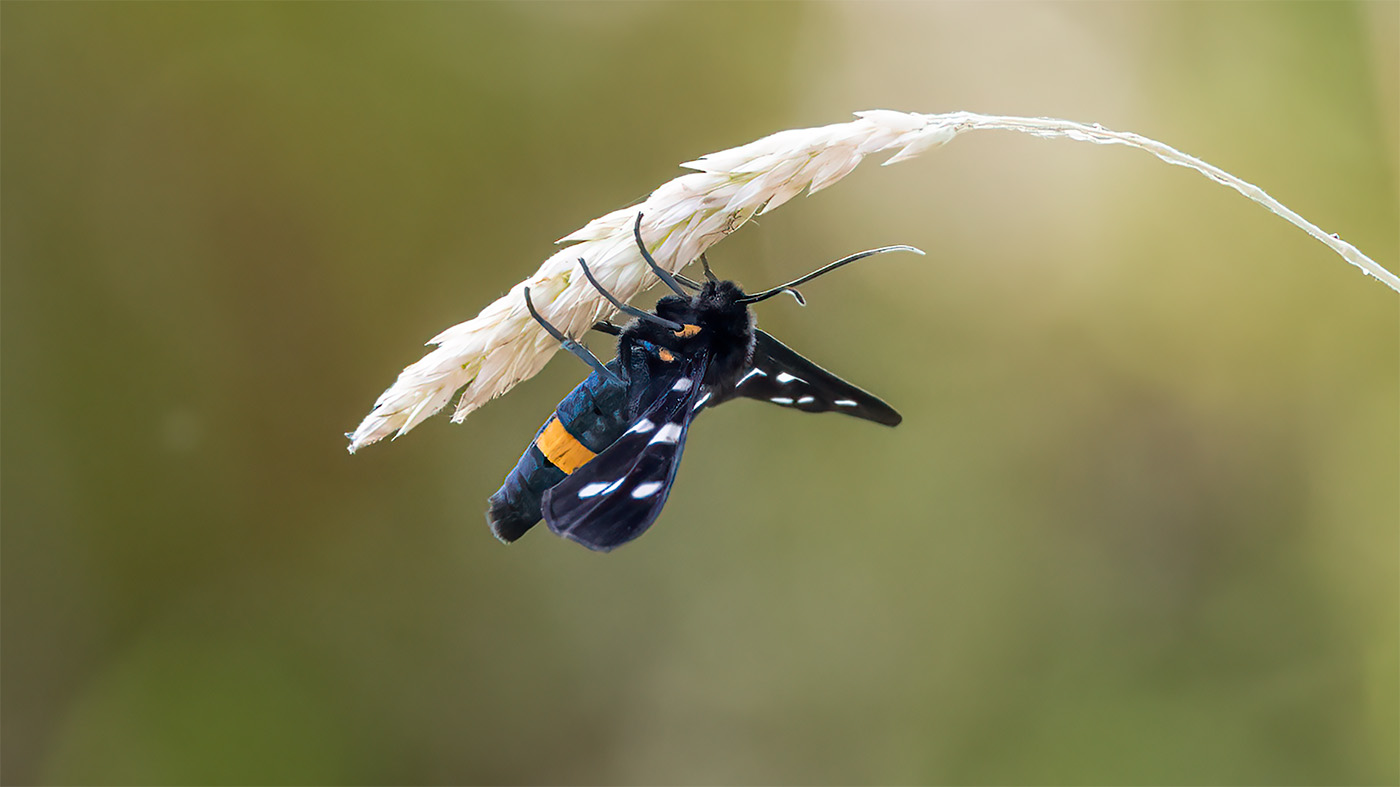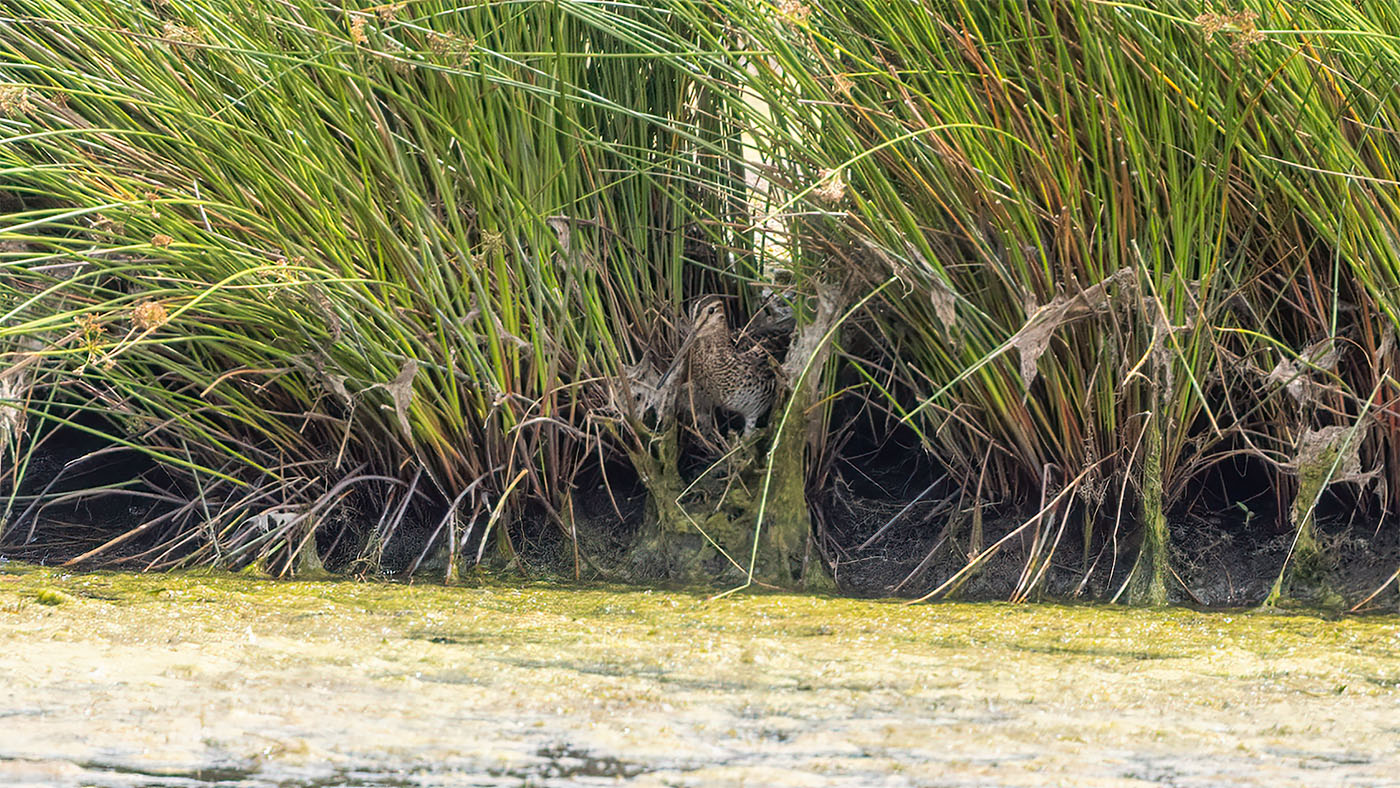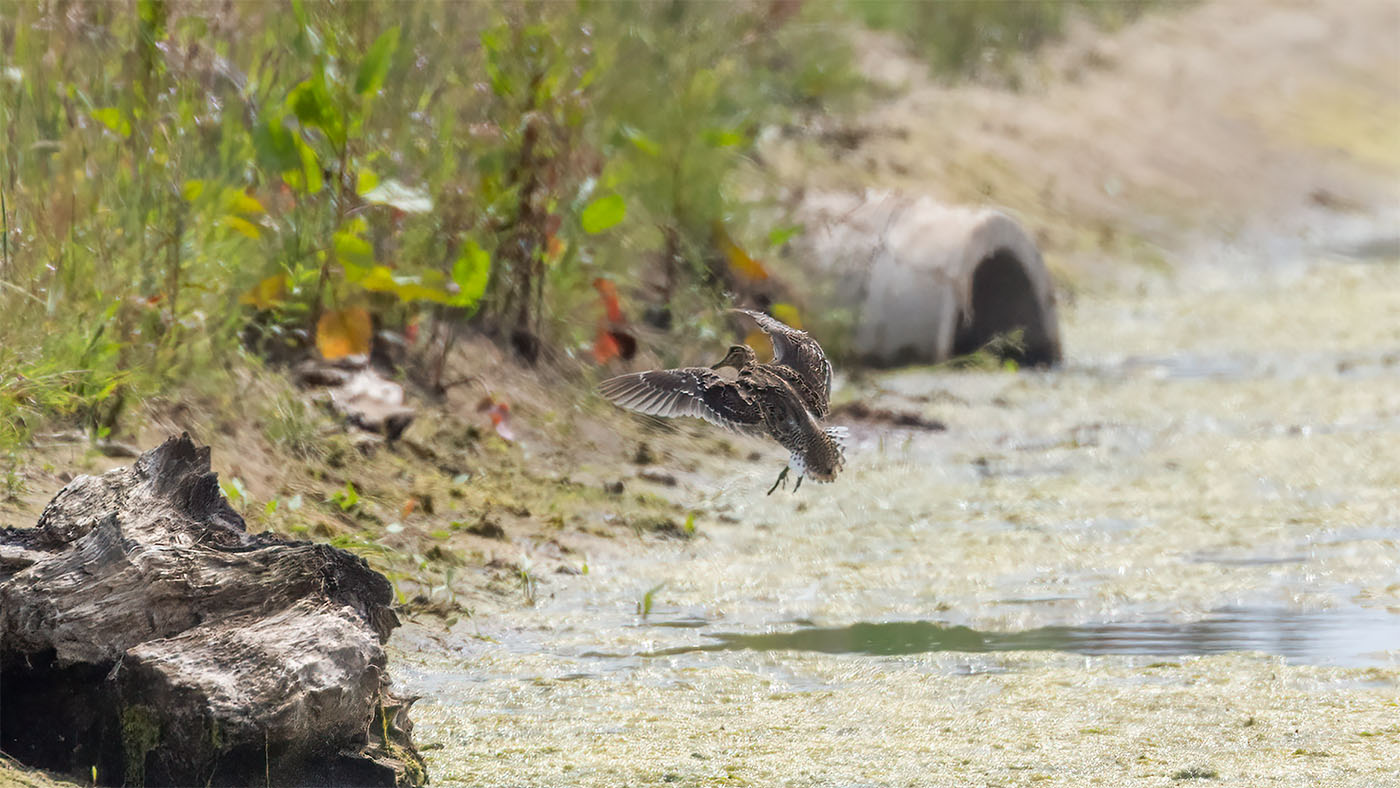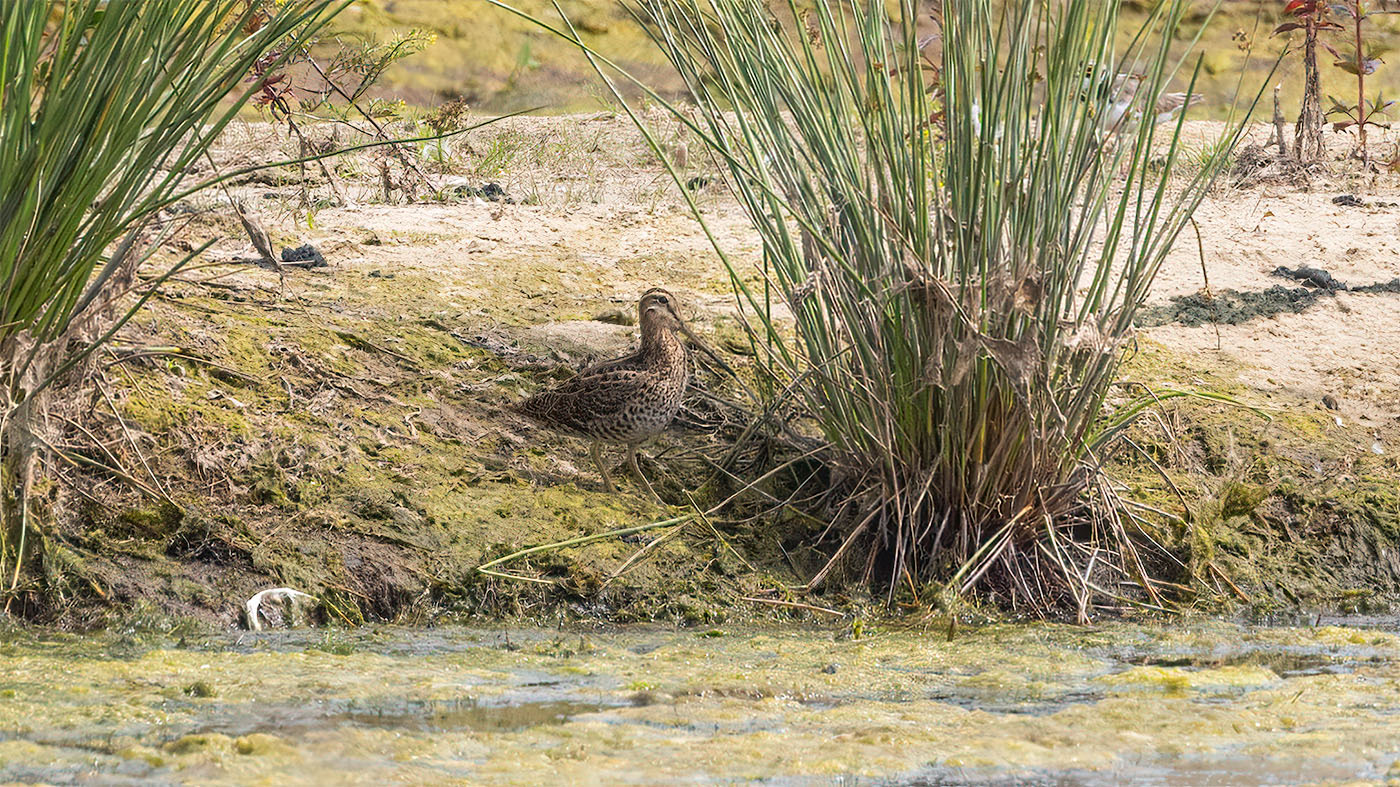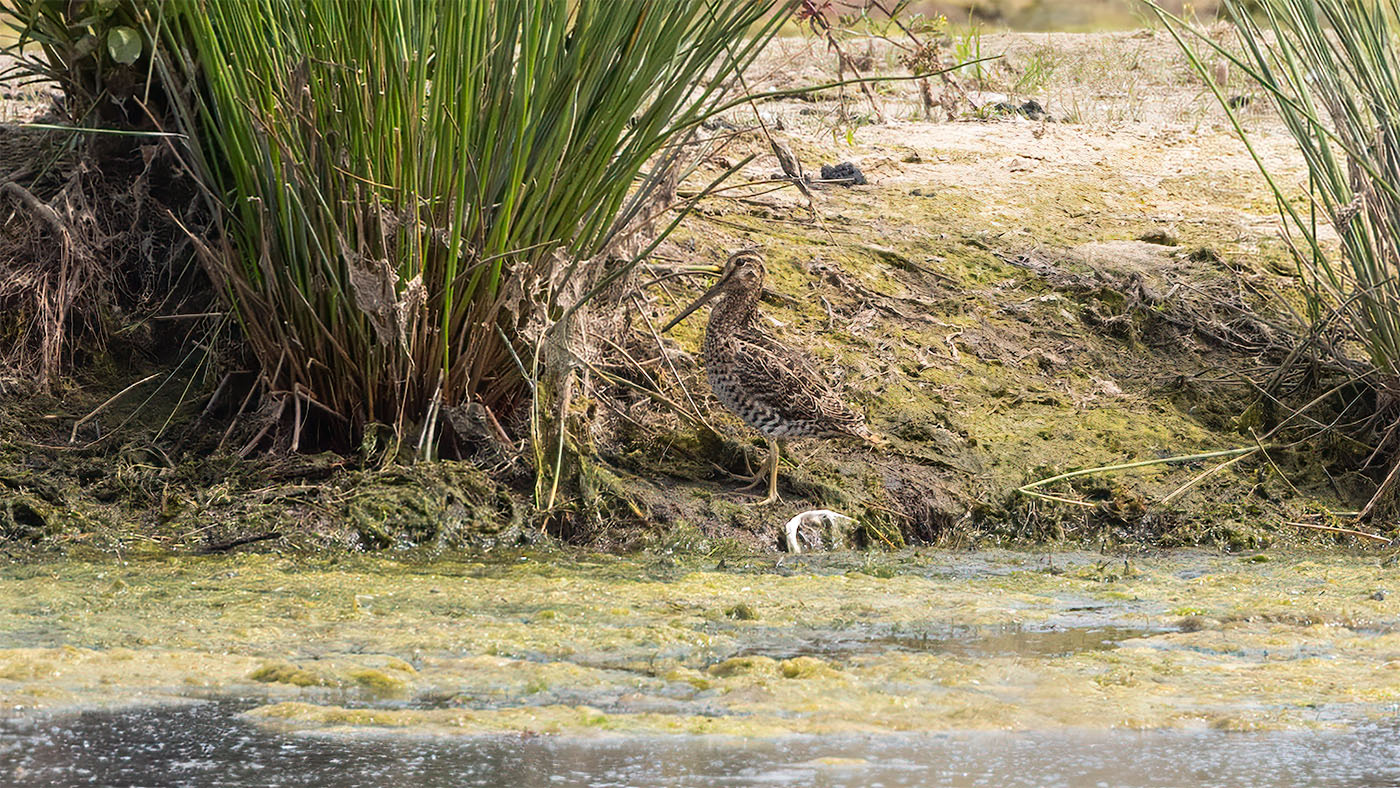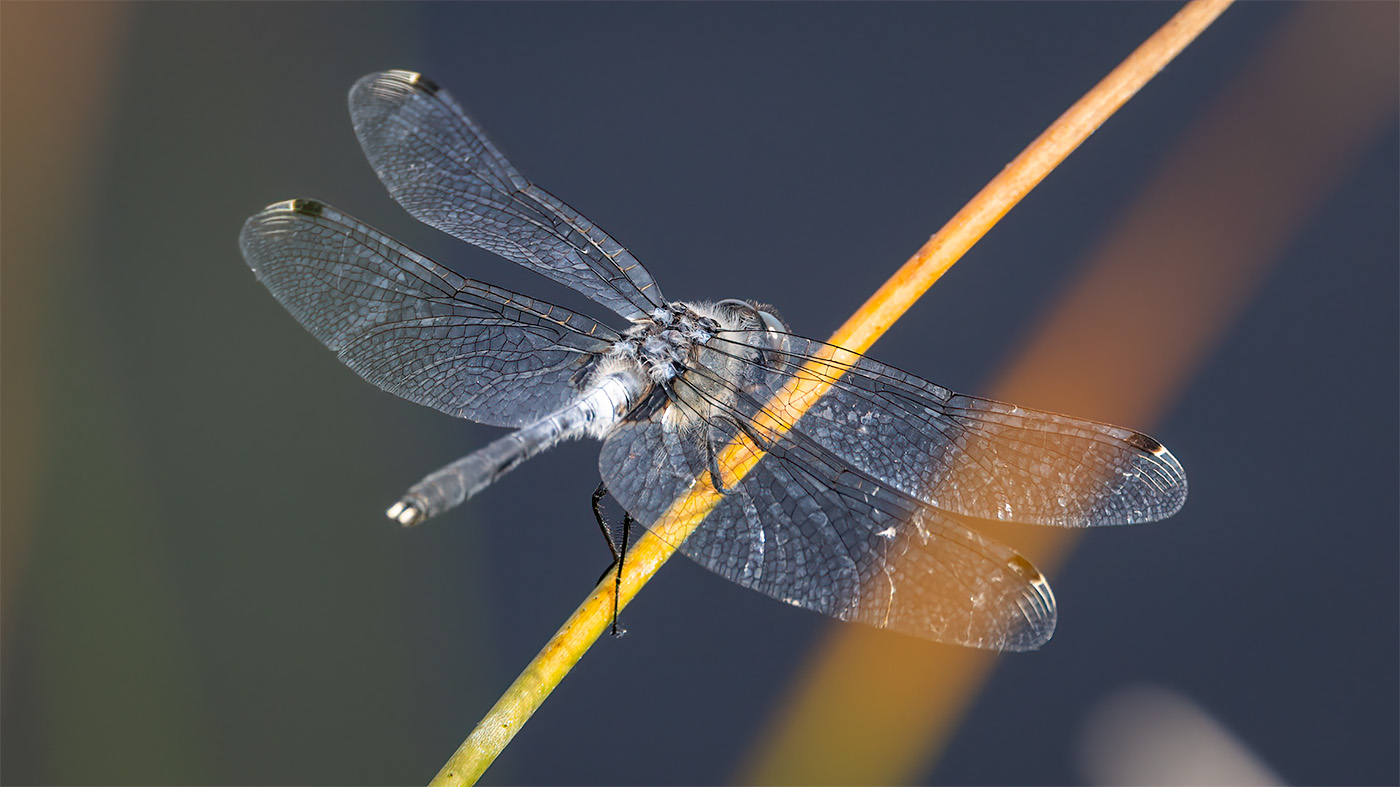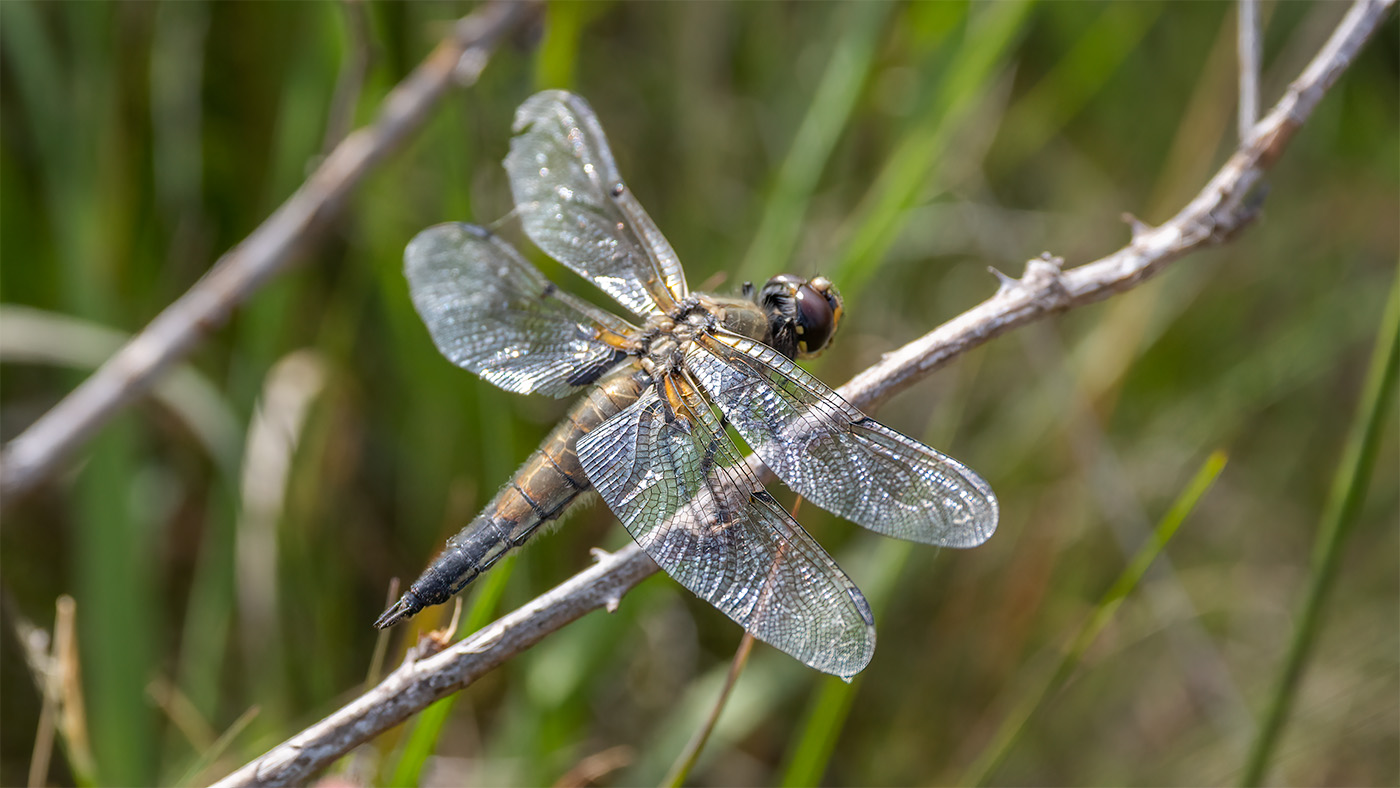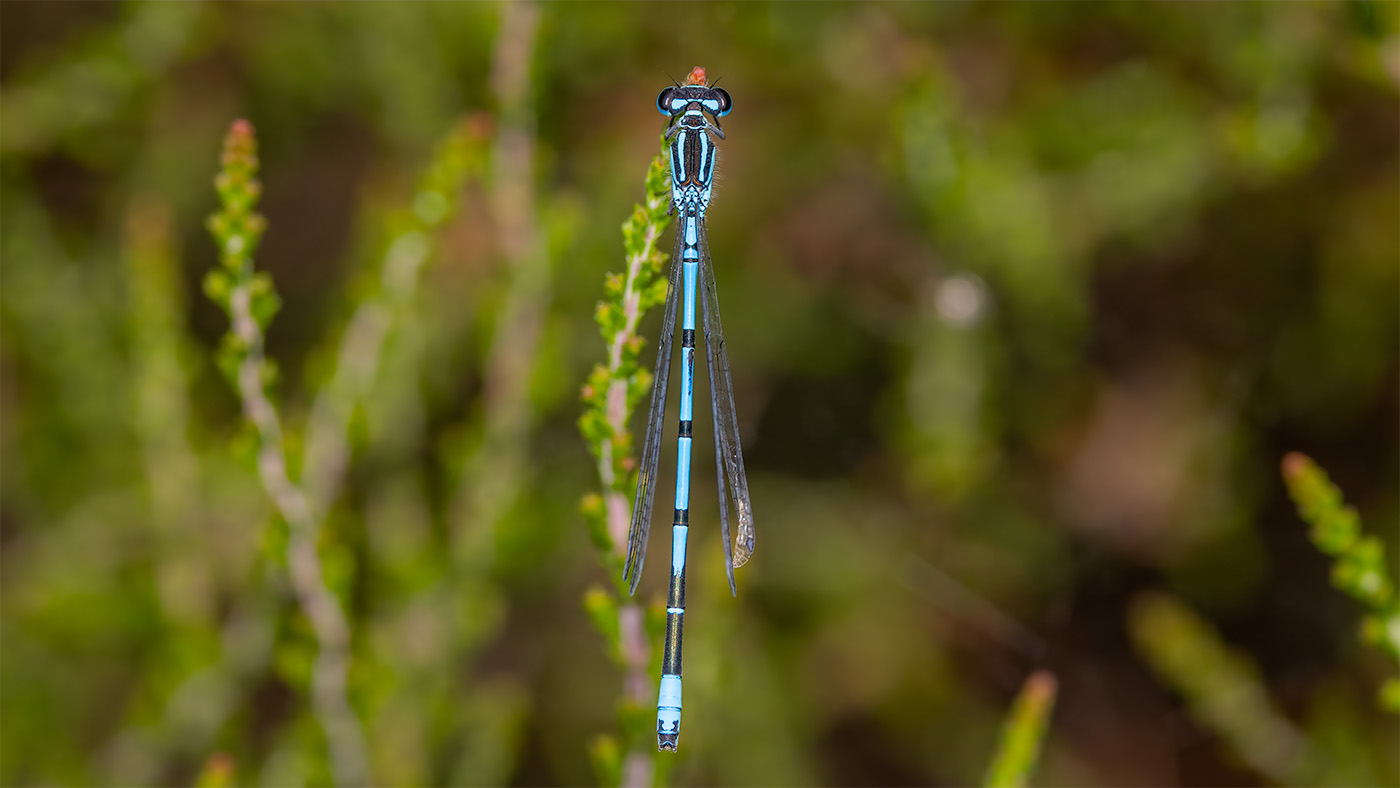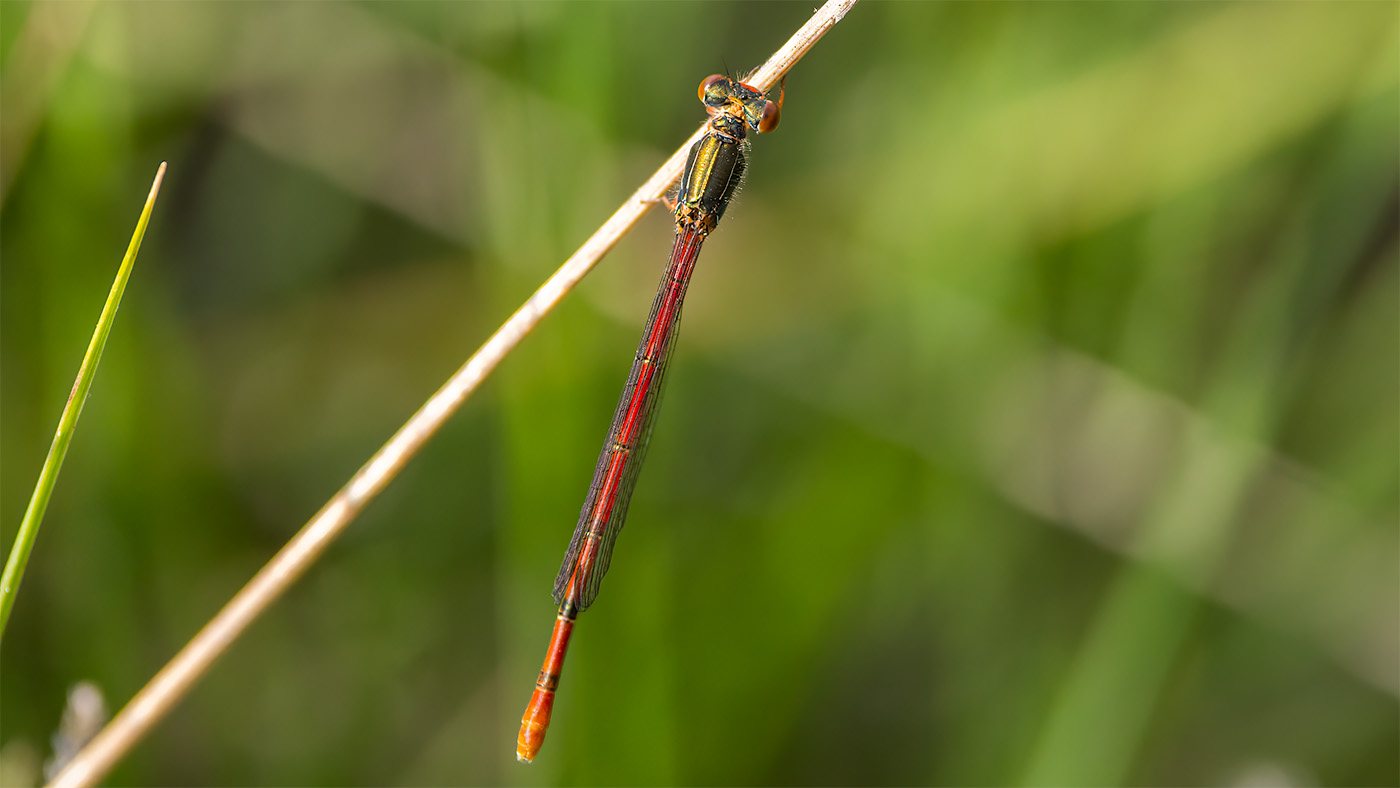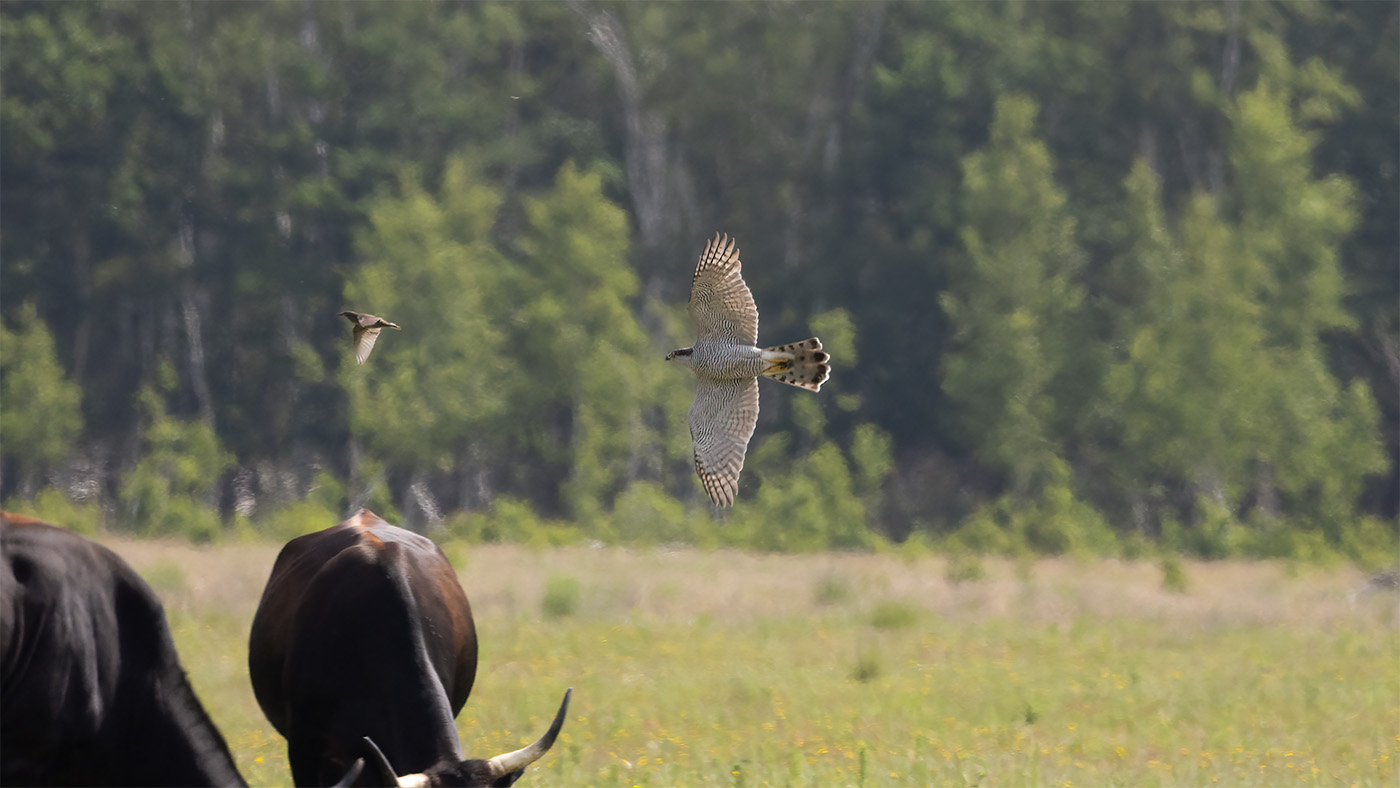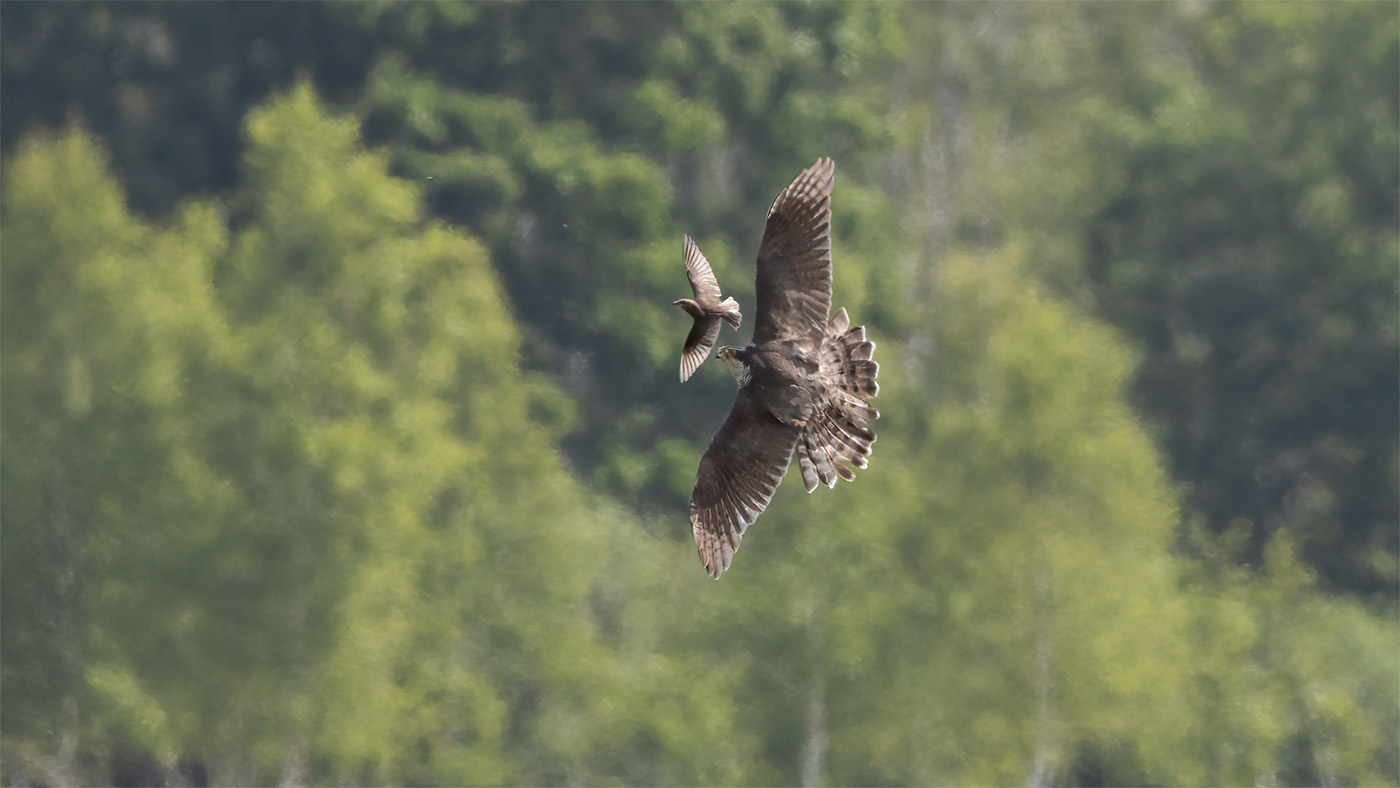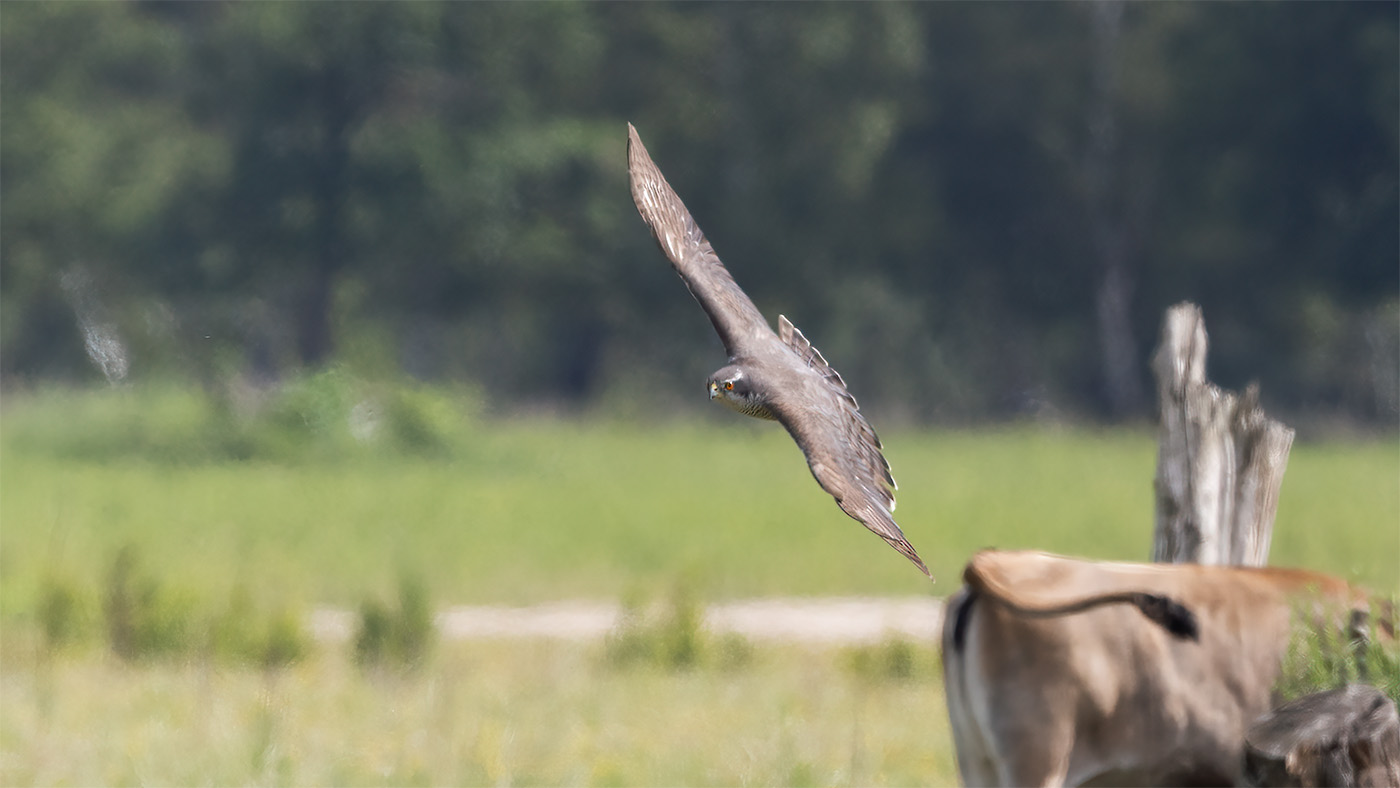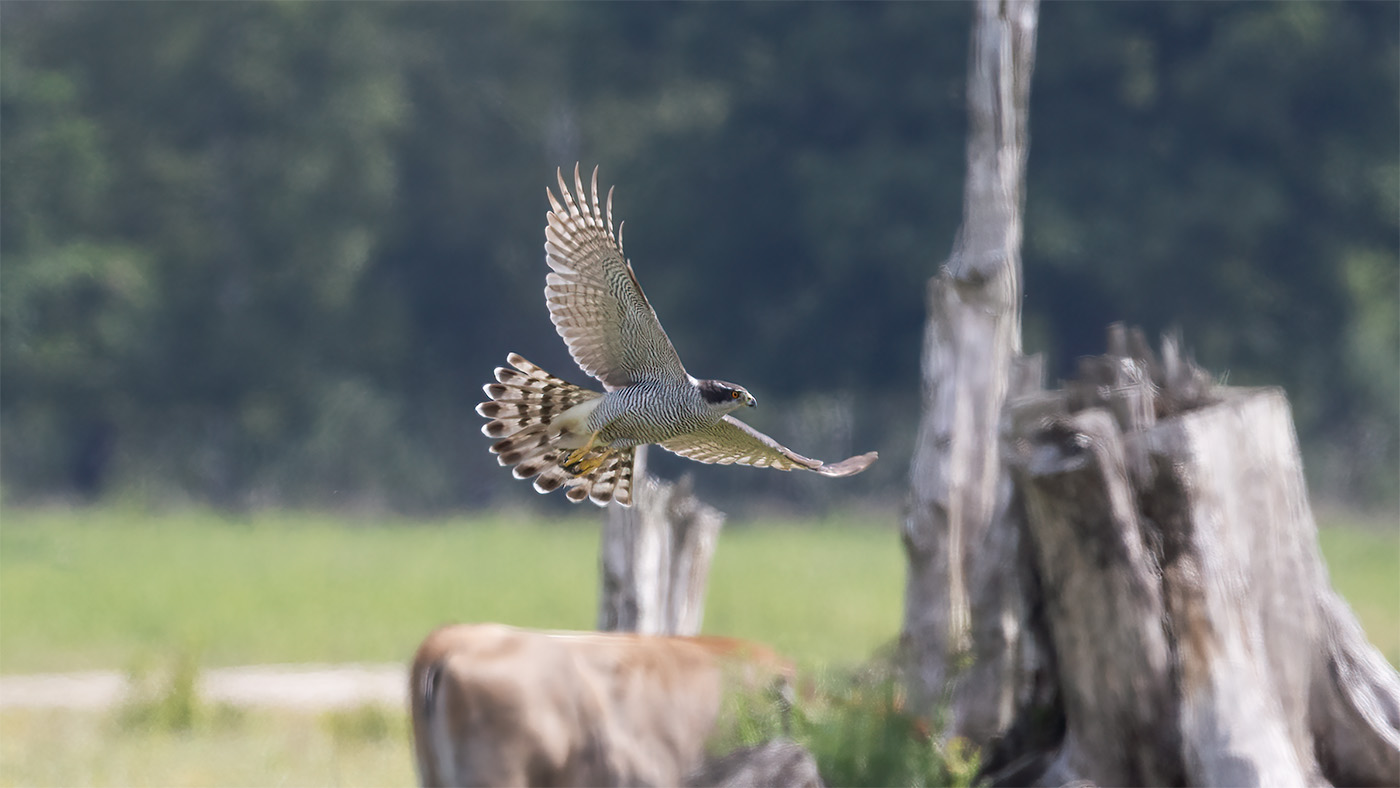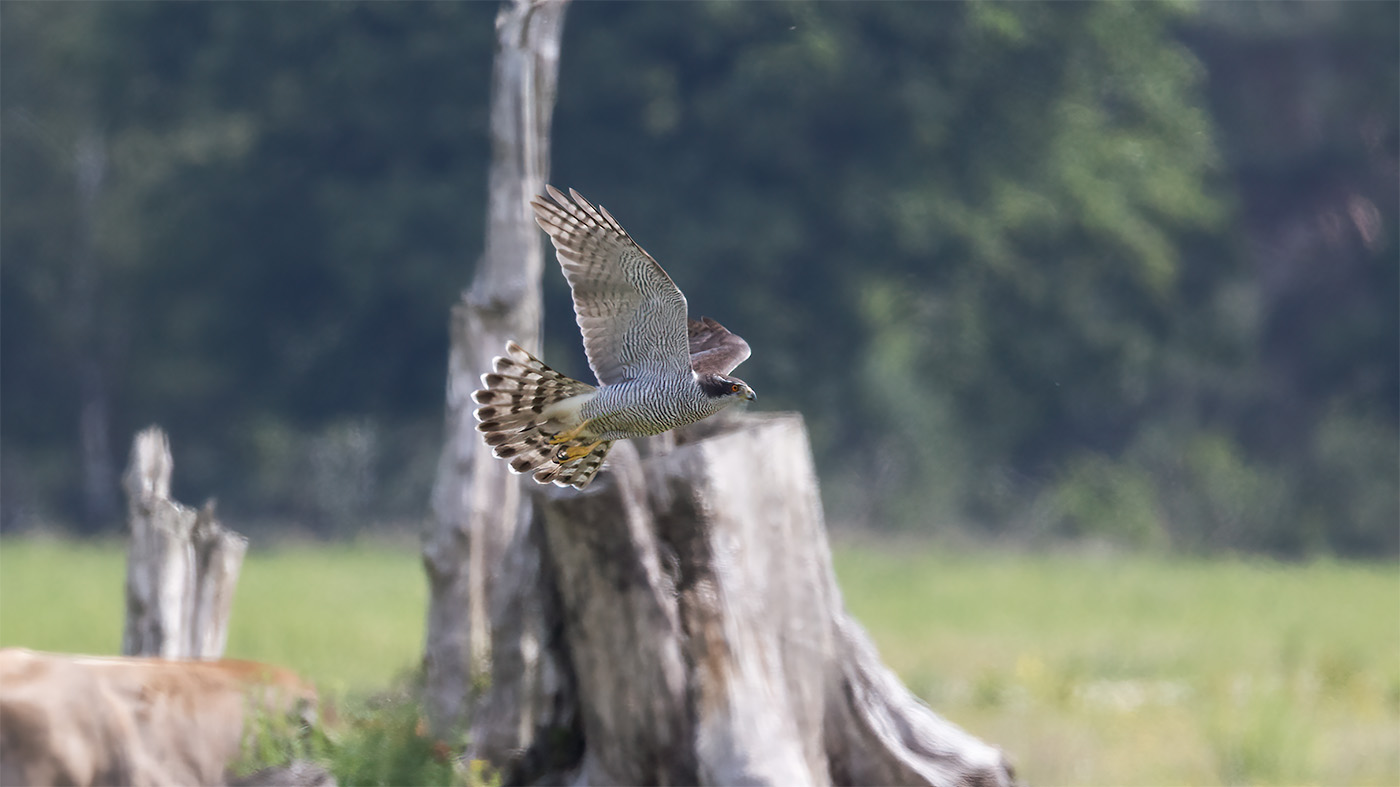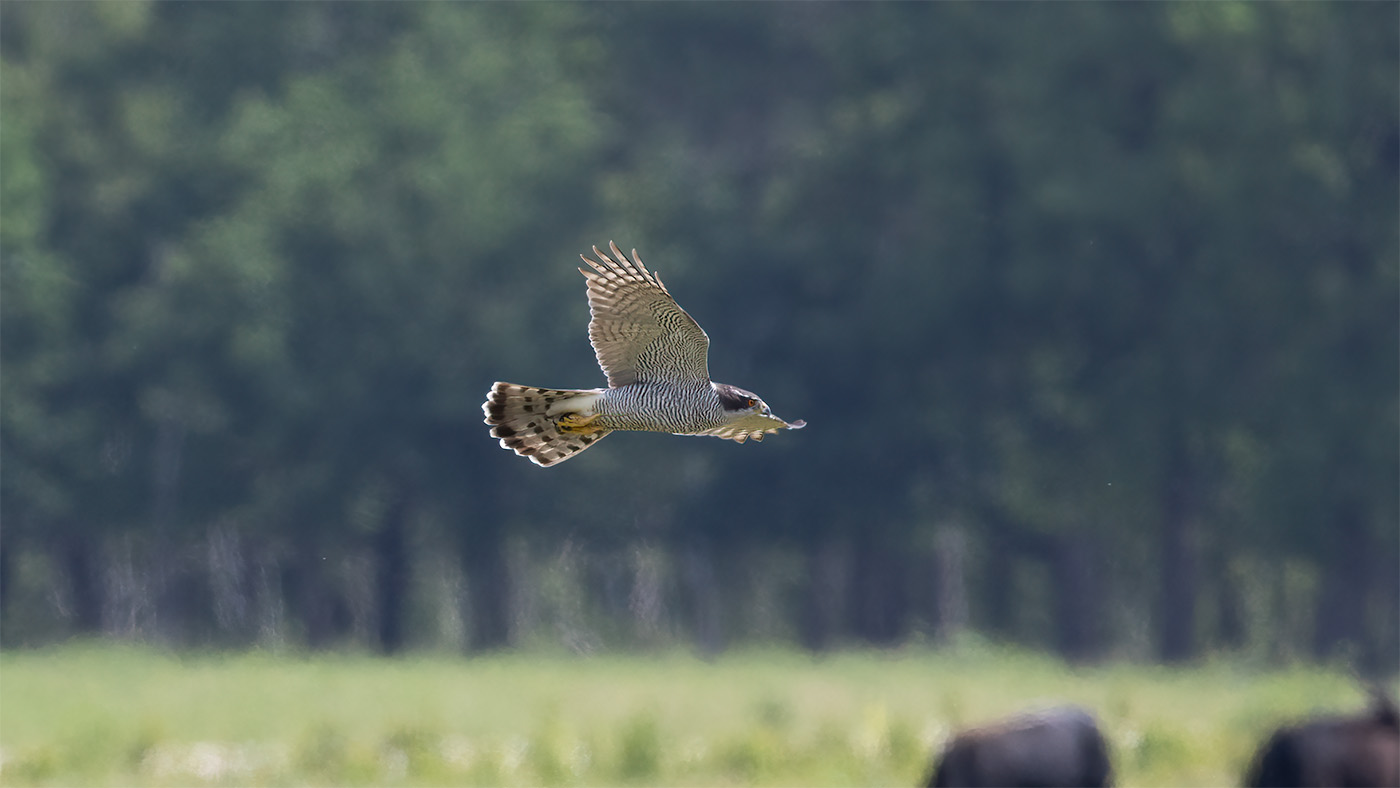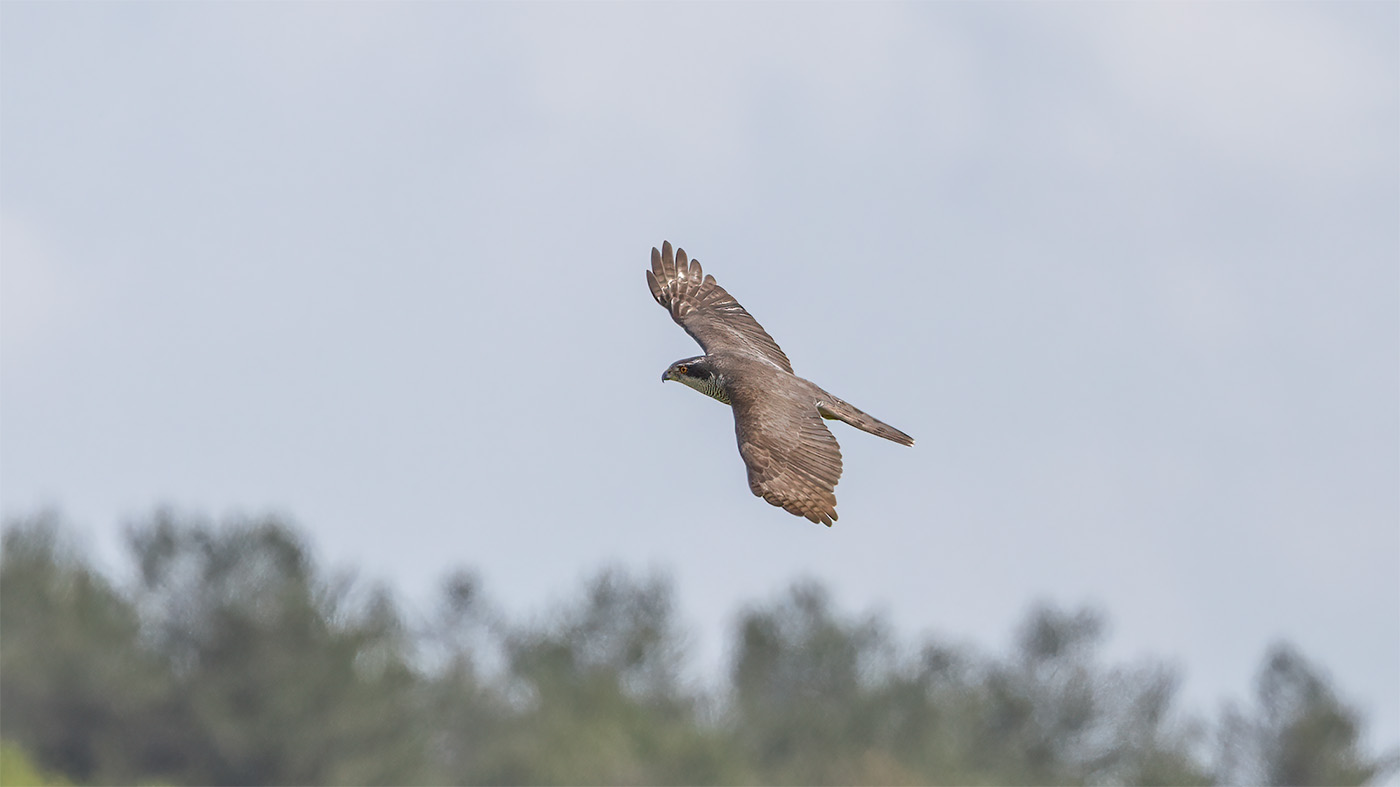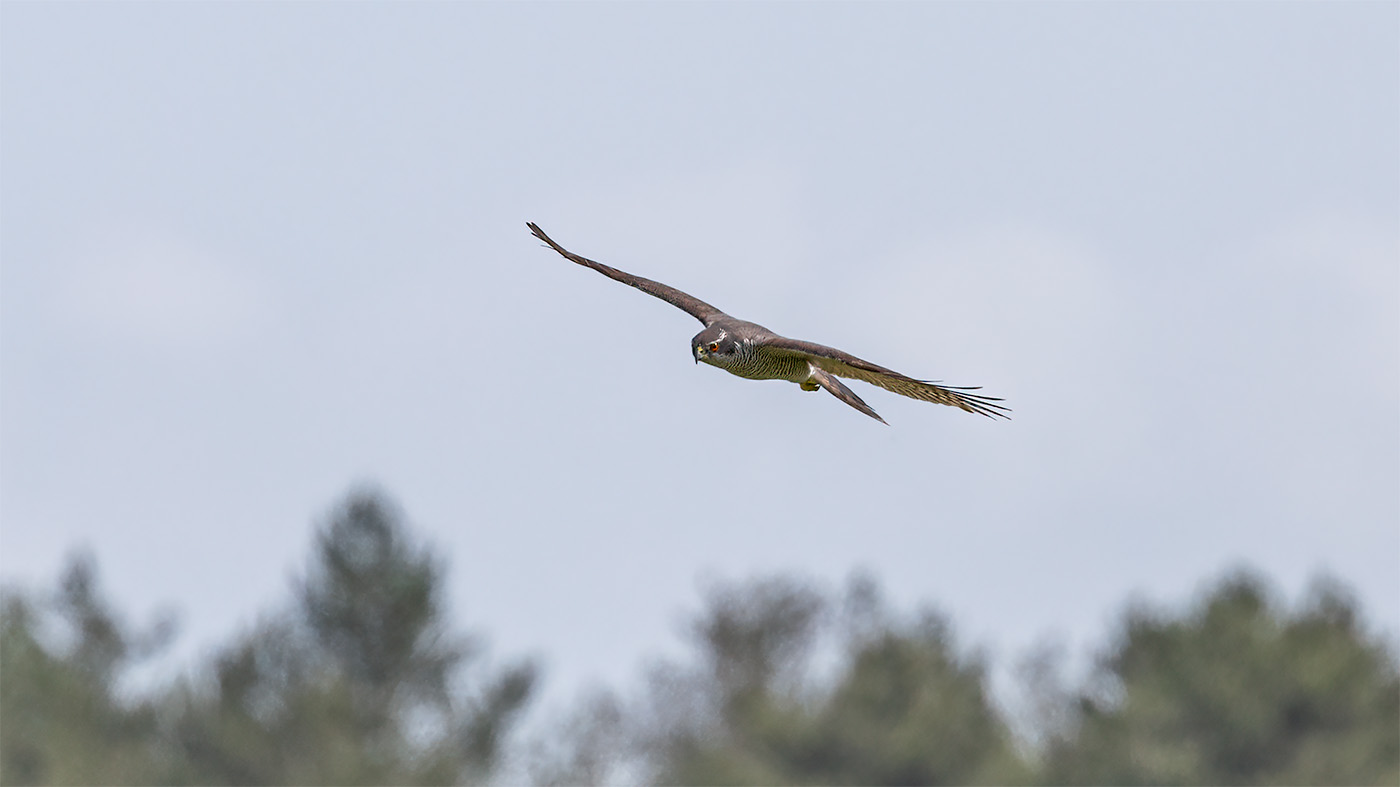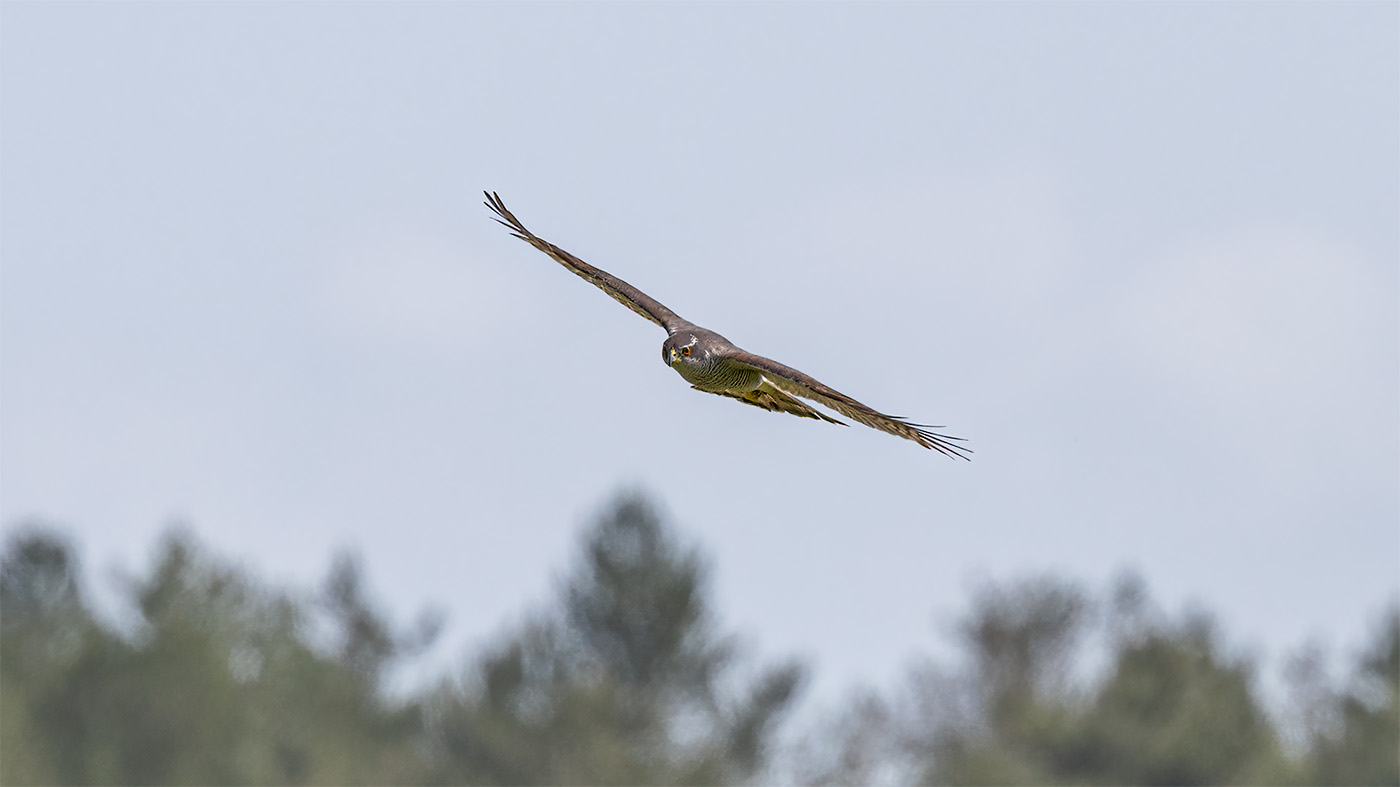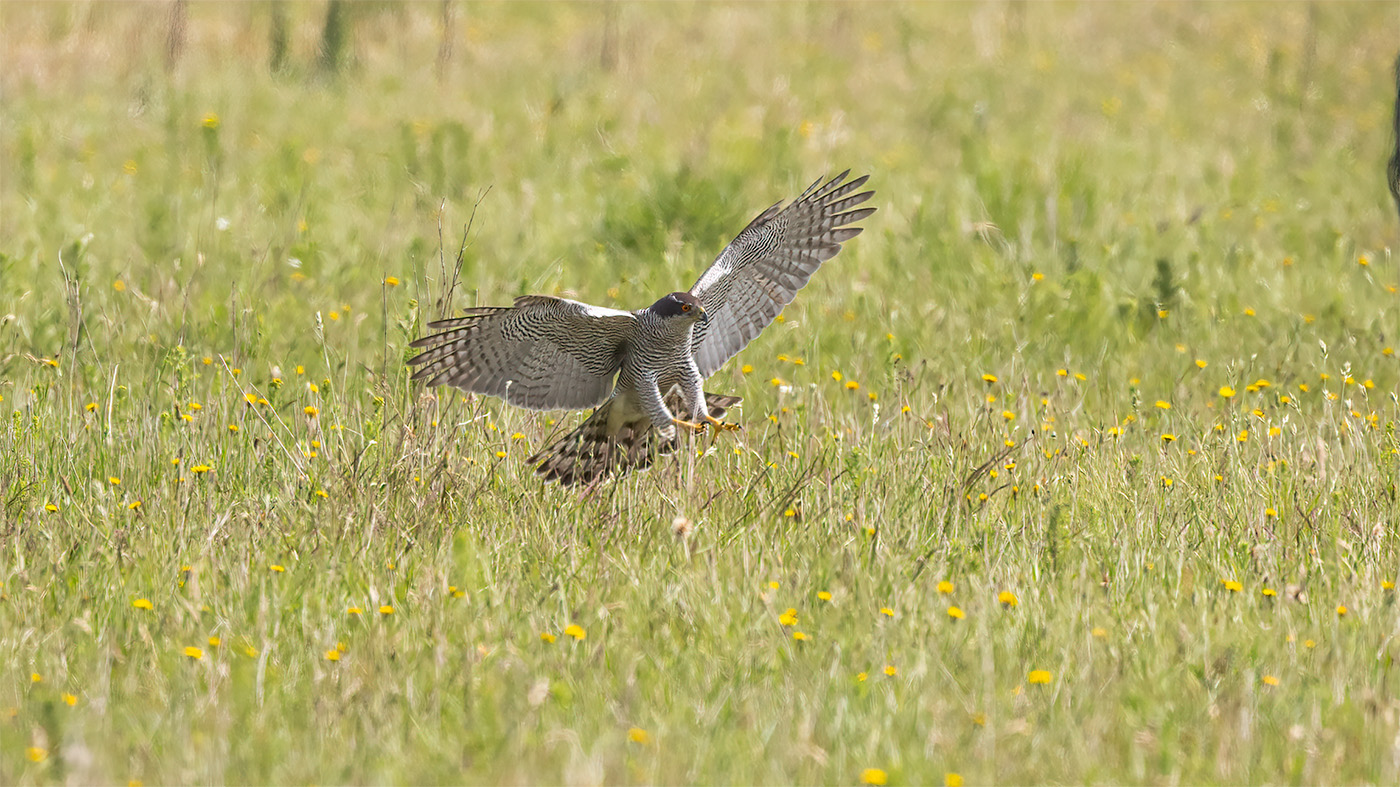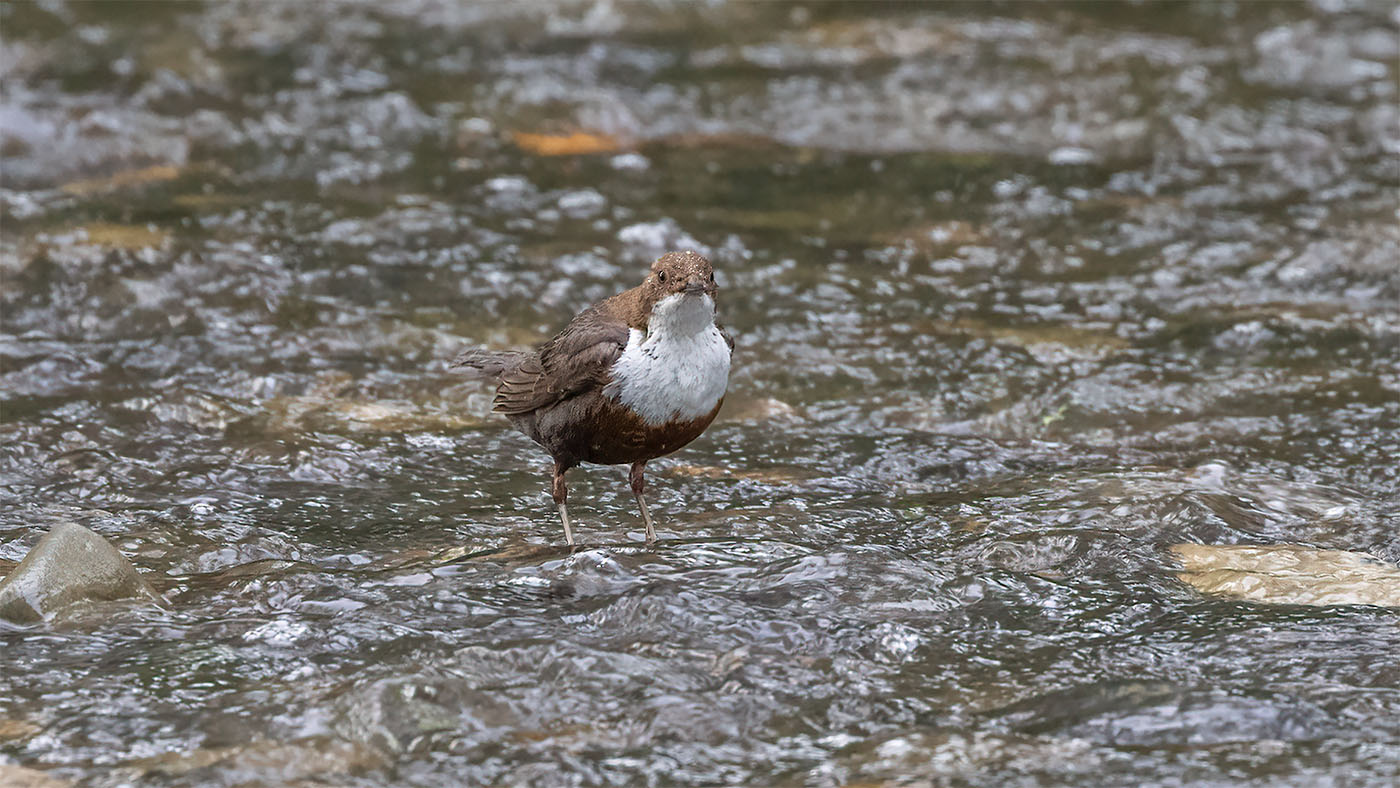Daily blog 2022
18-06-2022 - Great Snipe at Hardenberg
This story actually starts the day before during a BBQ with Alwin and Donny. Because of the good weather we invited them out for a BBQ in Uden. During the drinks and treats, a new garden variety was also scored; a Broad-bordered Bee Hawk-moth. Alwin and Donny would go see butterflies the next day in Limburg and because there was nothing much else to do we decided to join them. They stayed the night in Uden and before we drove to Limburg the next day breakfast was eaten in the garden.
The first target species was the White-letter Hairstreak which was seen in good numbers somewhere near Roermond. We could notice that it was going to be a warm day, the thermometer already indicated 30 degrees. A Great Snipe was reported during the ride near Hardenberg. This led to some discussion, but we decided to continue driving to Limburg. Should the Great Snipe stay put then we could still drive to Hardenberg as was agreed. Probably the discussion would have turned out differently if I had known that the Great Snipe still counted for our monthly list. After an hour of driving we arrived at the destination and the little butterflies were found immediately. The White-letter Hairstreaks were fun to view and photograph.
The next target species was the Purple Emperor in the Weerterbos near Nederweert. After half an hour of driving we parked the car near the forest. We walked into the woods and it was getting really hot by now. An Eurasian Golden Oriole and Yellowhammers let out their song and young tits flew everywhere. A lot of butterflies flew but no Purple Emperors yet. Yet it didn't take too long before I saw a dark butterfly at a considerable distance which turned out to be a Purple Emperor. The butterfly was very active and unfortunately we were unable to take pictures. Also a White Admiral I did not get on the plate. Fortunately, a Large Tortoiseshell cooperated well. We saw there several.
The Great Snipe now started to gnaw a bit and we decided to make the ride of more than 200 km to Hardenberg. Just before we arrived, Maartje saw that the Great Snipe also counts for our monthly list. On arrival the Snipe was still present but not in the picture. It took quite a while for the Greate Snipe to reappear. The bird was still quite hidden though and we waited until there were photo opportunities. Finally it flew up and moved. Now there were nice views. With the Great Snipe, the annual list has increased to 306 species.
Due to the Great Snipe, a number of target species of dragonflies were not done in Limburg. We would compensate for this with a visit to a population of Dark Whitefaces near Beilen. We said goodbye to the Great Snipe and drove 50 km further north to the Ter Horsterzand. We had to look a bit here but in the end we found a few Dark Whitefaces. It was also teeming with Black-tailed Skimmers and Damselflies. It was now 5 o'clock and time to drive back to Uden. Alwin and Donny drove to Amsterdam and we lit the BBQ again for a tasty meal.
12-06-2022 - Hunting Northern Goshawk
The young Common Starlings have flown out and everywhere you now see groups of Starlings with many young in between that are still fed be by their parents. You will also find these groups at our migration site Brobbelbies Noord. For the Northern Goshawk and others birds of prey, these young Starlings are a favorite prey.
Alain Hofmans reported a possible Pallid Harrier to us at the migration site so we had to take a look. Alain was still present but the Harrier had not been seen for quite some time. While we were waiting an adult Northern Goshawk flew in, clearly targeting the Starlings. In a panic the Starlings flew up and the the Goshawk managed to isolate one from the group. It concerned a young Starling and normally the poor bird don't stand a chance.
Also now it seemed to end badly for the young Starling. The Hawk made contact with the young Starling who was out of balance and took shelter in the tall grass. The Goshawk searched for a while and now and then you saw him hovering briefly above the grass. The young Starling escaped unscathed. After hanging around for a while, the Hawk disappeared in search of another prey. Photos later showed that the Pallid Harrier was a female Montagu's Harrier. The fourth already this year for the Maashorst.
07-06-2022 - White-throated Dipper for the annual list
After several attempts, the White-throated Dipper is still missing from the annual list. It looked like it was going to be a beautiful evening. Together with Alwin we drove around 6 o'clock from Uden to the province of Limburg.
After an hour of driving we arrived at the location. It was raining but not bothersome. The search could begin. At the first bend of the stream I thought I saw a Dipper flying away. The bird flew upstream. Alwin stayed on the spot and Maartje and I looked upstream. About 100 meters further we found the Dipper back. Alwin was signaled while the Dipper was quietly foraging. The Dipper luckily stayed put and Alwin was also able to add this species to his annual list. Photos and videos were taken until the Dipper flew further upstream. We couldn't find him anymore but that was ok. With the White-throated Dipper, the annual list has increased to 299 species.

